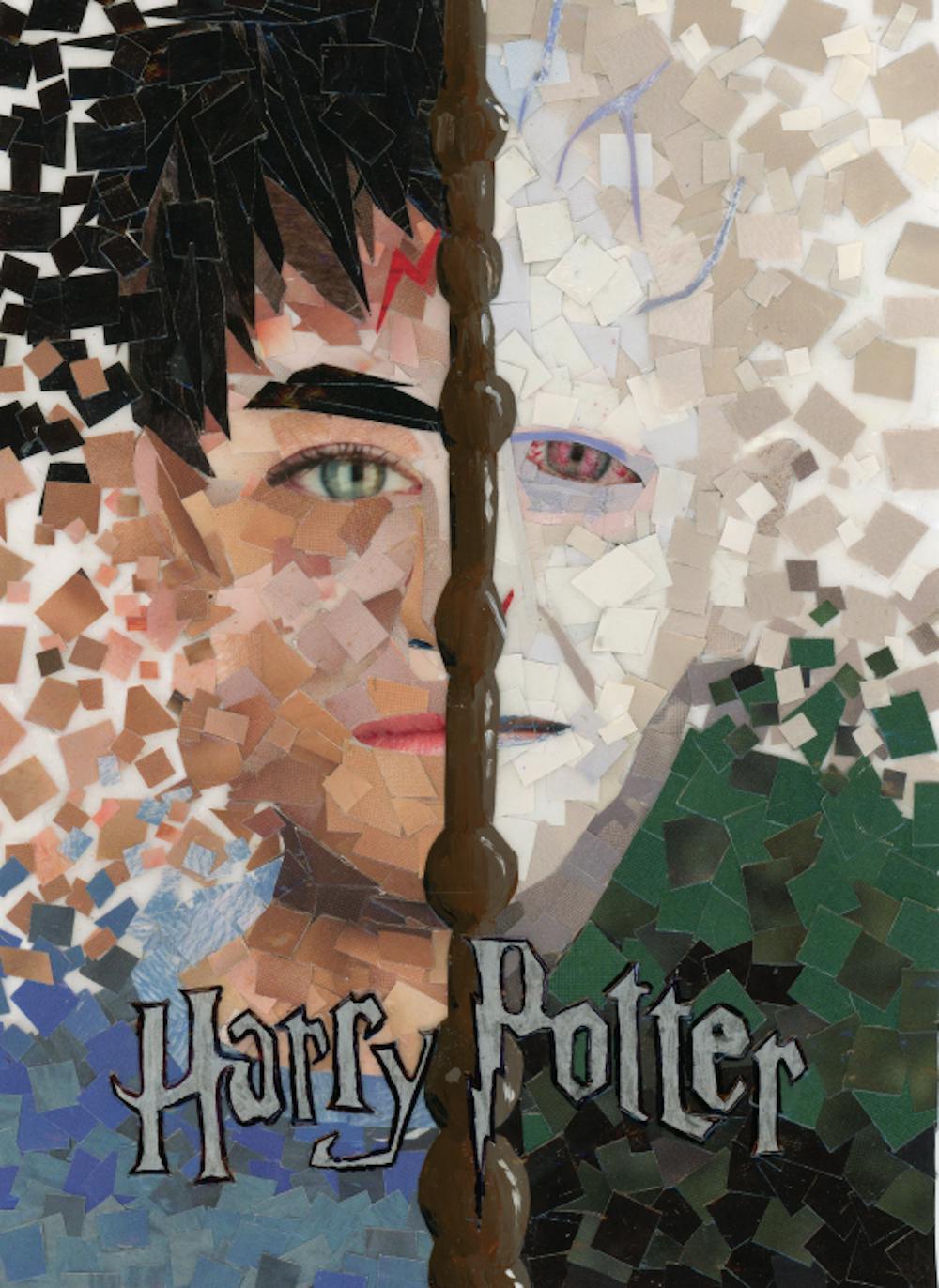The Chapel Hill Public Library is celebrating Banned Books Week (Sept. 24 – Sept. 30) by having its yearly banned books trading card contest, which invites local artists to create works inspired by a banned book or author.
Staff writer Connie Hanzhang Jin sat down with Daniel Siler, Chapel Hill Public Library’s marketing and communications manager, to talk about the contest.
The Daily Tar Heel: Can you talk about how this event got started and what it’s about?
Daniel Siler: The Banned Books Trading Card Project dates back to a time when the Chapel Hill Public Library director Susan Brown was in her previous library in Lawrence, Kansas. The project originated there and she brought it with her to Chapel Hill when she became the director here at the library. The trading cards project basically engages the local art community for a very specific goal, which is to celebrate the freedom to read and warn about the dangers of censorship, while at the same time stimulating the local arts community and really pulling people together in a unique way. So we like to think that we’re celebrating the arts and writing and reading itself.
DTH: So who judges the entries that come in?
DS: This project is a partnership with the Chapel Hill Public and Cultural Arts office. So our friends at Cultural Arts work with us to pull together a jury of five people that usually consists of the library director, in this case Susan Brown; the mayor, which will be Pam Hemminger this year; a member of the public arts commission; and then one or two artsy or literary folks who are from the area. This year I believe that’s going to be author Daniel Wallace. So we get the five folks together after we receive all of the different submissions and then they look over the pieces and as far as how we judge them, it’s really less about – well, it’s really about the quality of the art, mostly; what would make a good trading card, what’s an evocative piece, a piece of art that stands on its own merit.
DTH: Has participation in this contest grown over the past couple years?
DS: Participation has definitely grown. When it first started – this is its fifth year now – so in its first year there were about 50, maybe 45 entries. Then we saw it climb steadily. I think last year we had more than a hundred. So this year, since it's open to five different counties, which are Orange, Durham, Wake, Chatham and Alamance, we got a lot of different people who are in that footprint of places and a lot of creative people who enjoy celebrating the freedom to read and also making art. And it’s from a variety of different people. So we see families who do this as a project, where Mom and Dad and the kids will also each submit a piece, but we also see full-time artists who bring in their work. We are very lucky that we have a very high-quality pool of art to pull from.
DTH: Since you’ve mentioned different skill levels and ages coming in, are there different categories for the art that you can submit?




